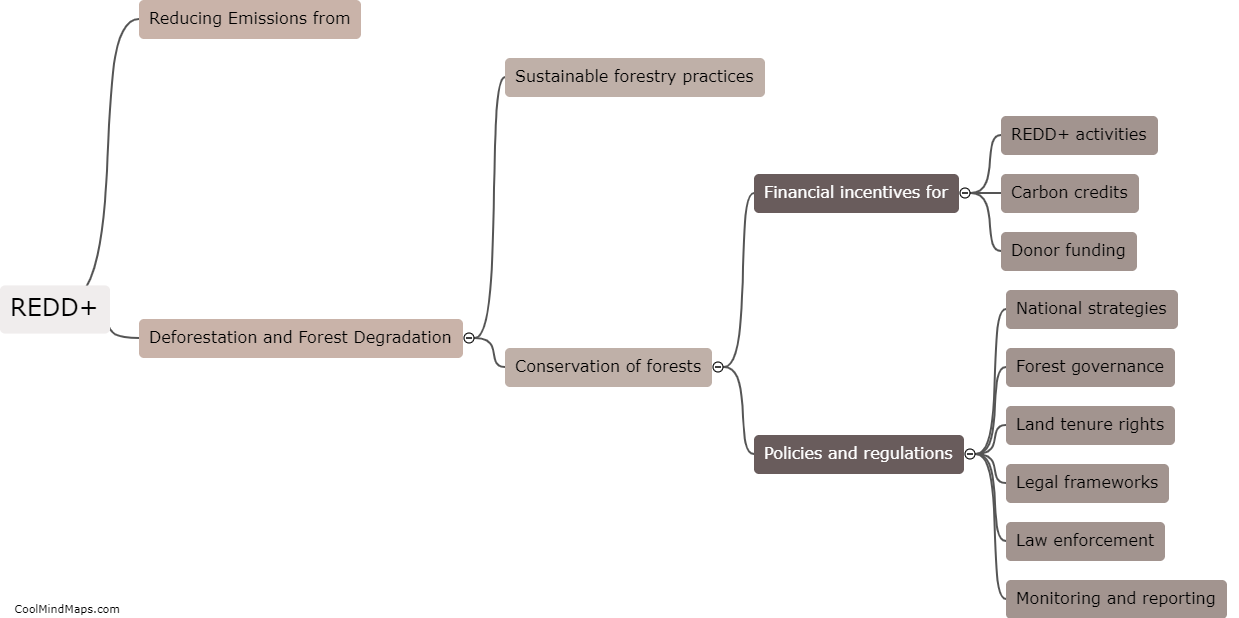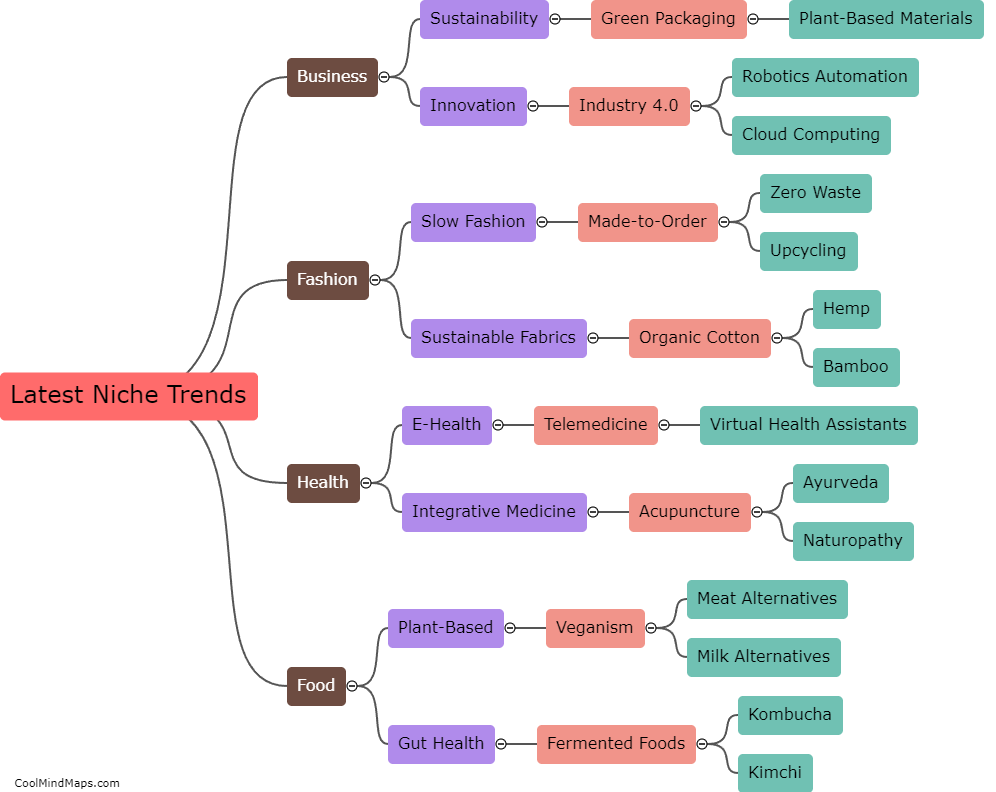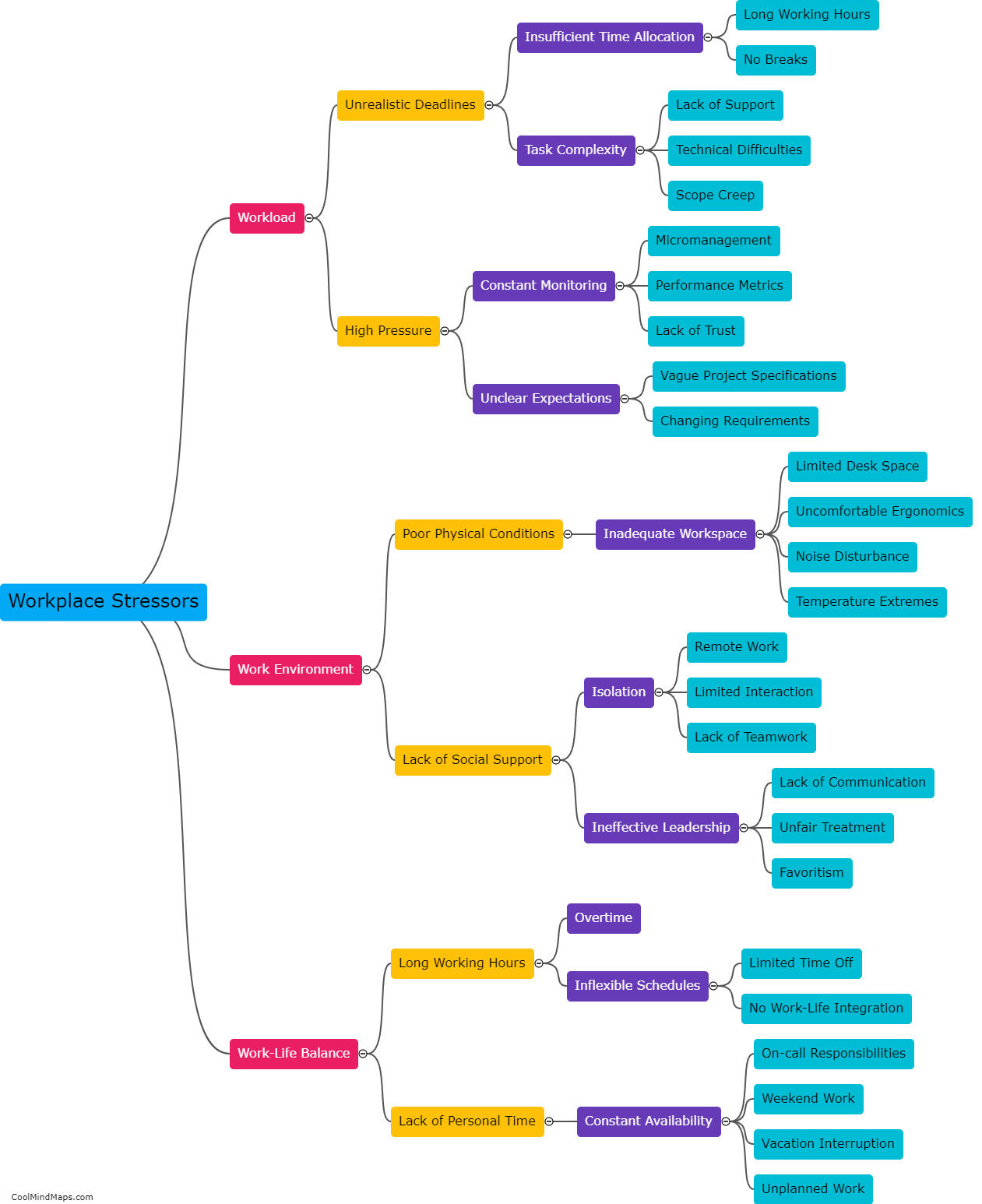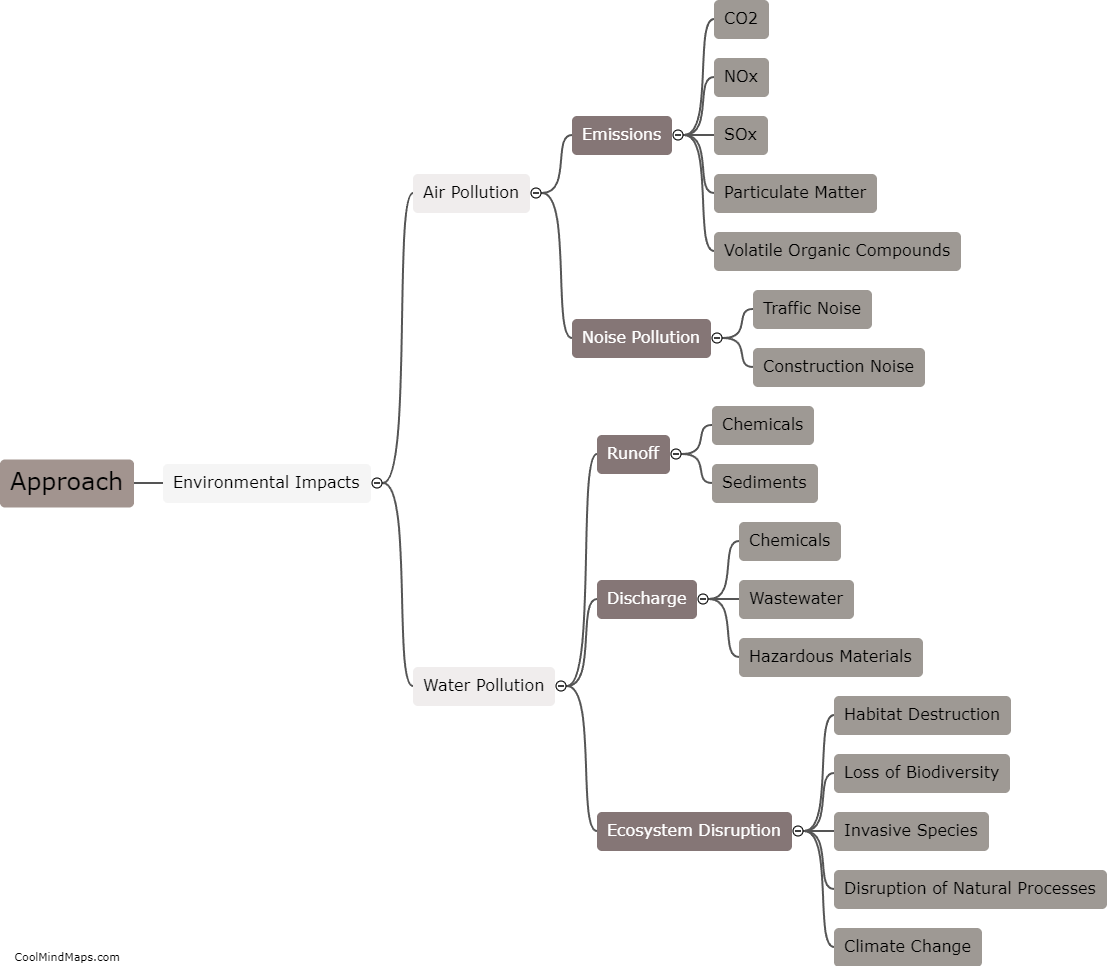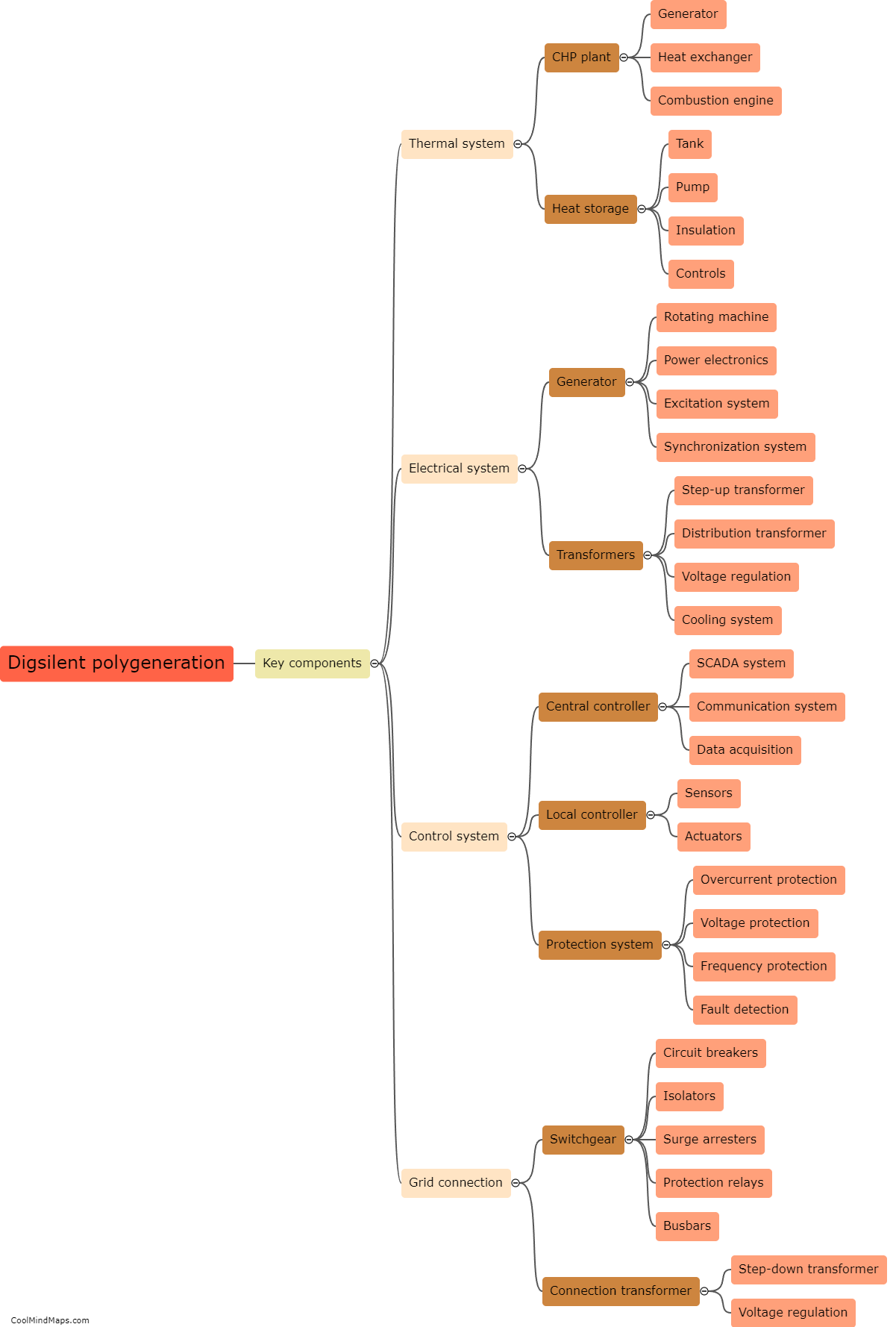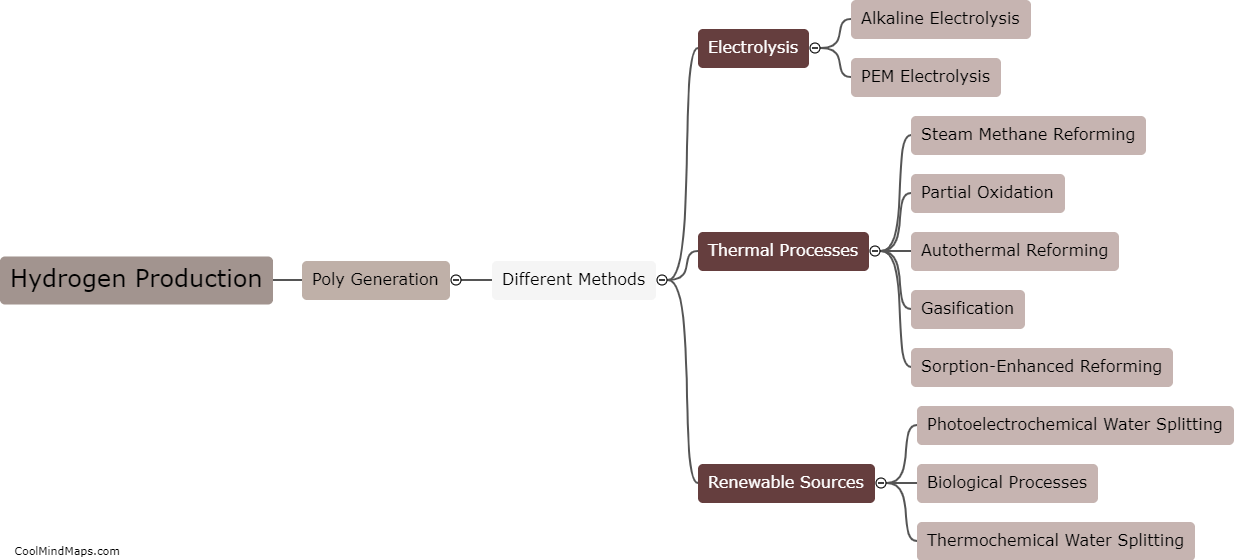How is hydrogen produced in poly generation?
Poly generation refers to the simultaneous production of multiple forms of energy or products from a single feedstock or process. In the case of hydrogen production, poly generation techniques utilize a variety of methods to generate hydrogen alongside other valuable products. The most common approach involves the conversion of hydrocarbon feedstocks through processes such as steam reforming, partial oxidation, or autothermal reforming. These processes typically involve reacting the hydrocarbons with steam or oxygen at high temperatures to produce hydrogen gas. However, in poly generation, additional energy sources like biomass, waste heat, or renewable energy can be harnessed to supplement or enhance the hydrogen production process. By incorporating various energy inputs and optimizing the production system, poly generation enables the efficient and sustainable generation of hydrogen along with other useful products.

This mind map was published on 8 November 2023 and has been viewed 85 times.
